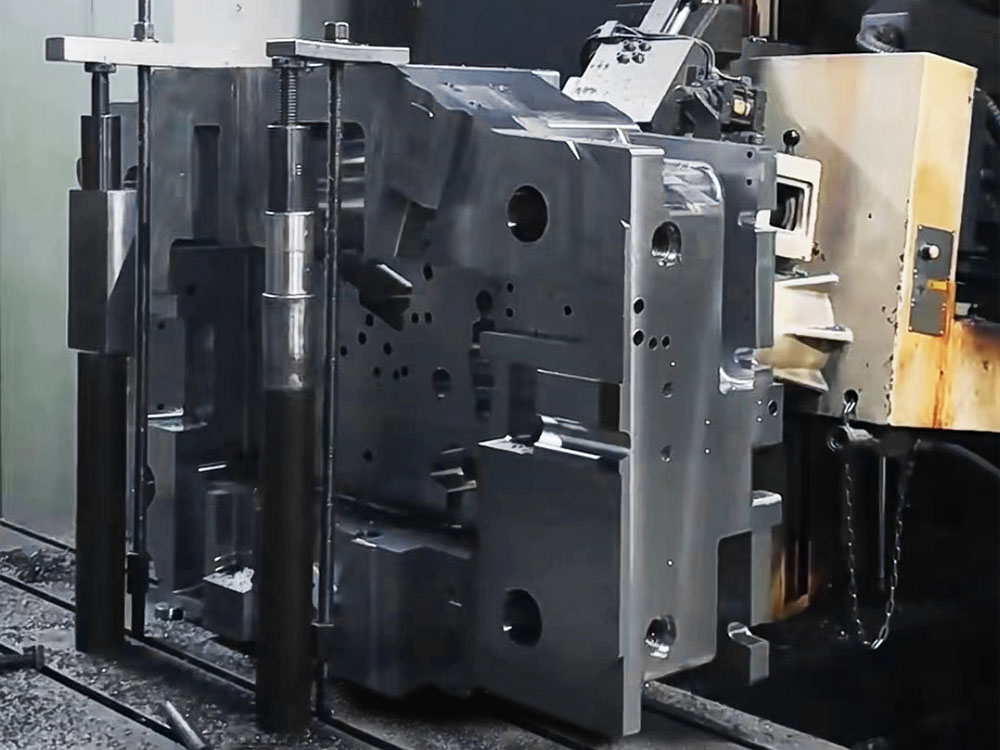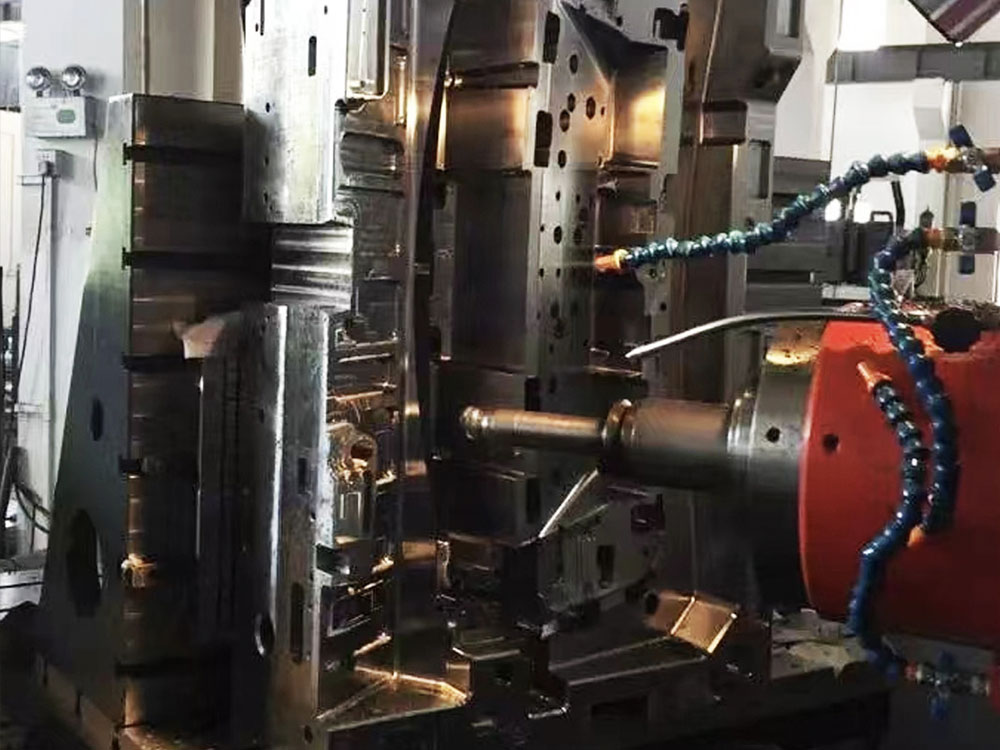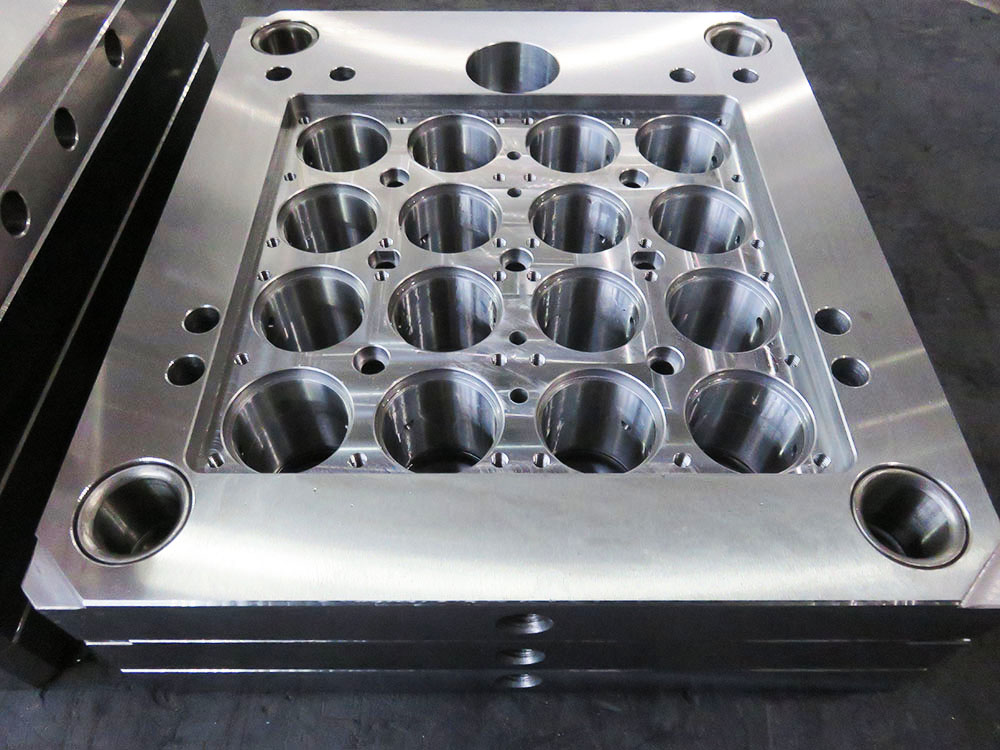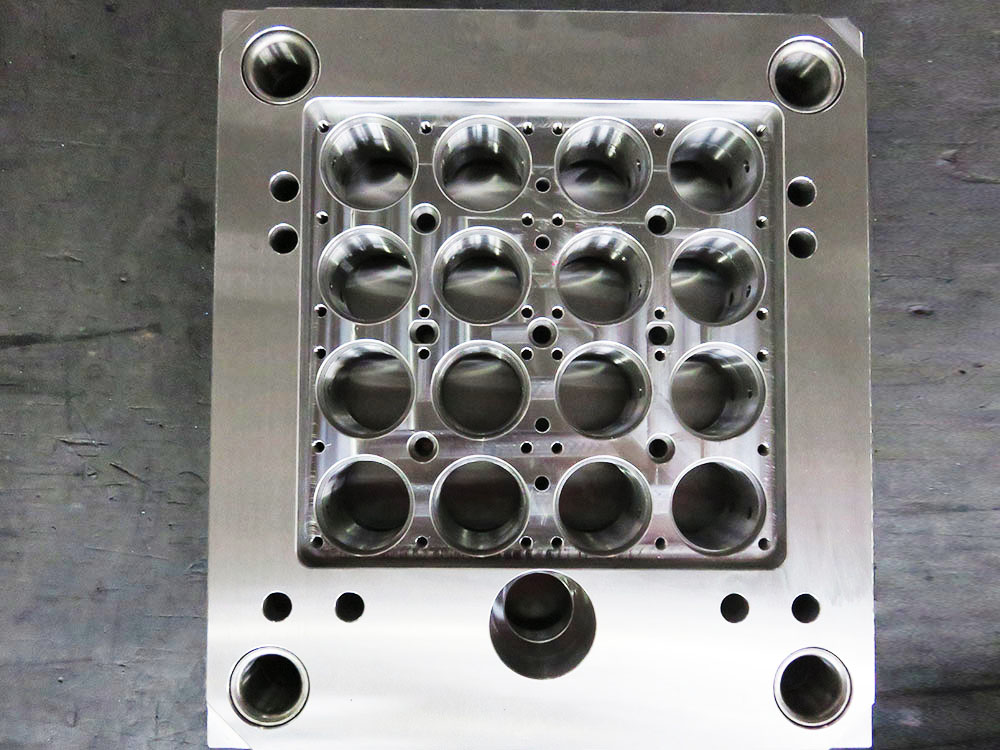Introduction
The process of converting wireframes to solid models plays a crucial role in the mold base industry. Solid models provide a three-dimensional representation of the product, helping designers and engineers visualize and analyze the final mold design. In this article, we will discuss the step-by-step procedure for converting wireframes to solid models using UG Modeling software.Step 1: Import the Wireframe Model
The first step in the conversion process involves importing the wireframe model into the UG Modeling software. This can be achieved by selecting the appropriate file format, such as IGES or STEP, and importing the file into the software environment.
Step 2: Analyze and Repair the Wireframe
Once the wireframe is imported, it is important to analyze and repair any potential issues or errors. The software provides a range of tools for detecting gaps, overlaps, and inconsistencies within the wireframe. These issues must be resolved to ensure a smooth conversion process.
Step 3: Configure Solid Modeling Parameters
After the wireframe is prepared, the solid modeling parameters need to be configured. This includes specifying the desired feature resolution, surface representations, and other relevant settings. These parameters will determine the quality and accuracy of the final solid model.
Step 4: Create Solid Geometry
Using the wireframe as a reference, solid geometry is created by the UG Modeling software. The software offers a range of tools, such as extrusion, lofting, and sweeping, to generate solid features. These features are added and modified to match the design intent and produce a precise representation of the mold base.
Step 5: Refine and Optimize the Model
Once the basic solid geometry is constructed, further refinement and optimization steps are performed. This involves manipulating and adjusting the solid features to meet specific design requirements, such as adding fillets or chamfers, removing sharp edges, and optimizing the overall geometry for manufacturing considerations.
Step 6: Validate and Analyze the Solid Model
Validation and analysis of the solid model are essential to ensure its suitability for the mold base design. The software provides tools for detecting and correcting potential issues, such as interference, thickness violations, or structural weaknesses. Performing these analyses helps identify and resolve any design flaws before manufacturing.
Step 7: Generate Final Documentation
After the solid model is refined and validated, the final step is to generate comprehensive documentation for the mold base design. This includes creating detailed drawings, assembly instructions, and bill of materials. The UG Modeling software provides tools for annotating, dimensioning, and documenting the solid model, facilitating the manufacturing process.
Conclusion
Converting wireframes to solid models in the mold base industry is a crucial step in the design process. By following the step-by-step procedure outlined in this article, designers and engineers can effectively use UG Modeling software to convert wireframes to solid models with precision and accuracy. This enables them to create robust and manufacturable mold base designs, leading to enhanced productivity and quality in the mold base industry.




